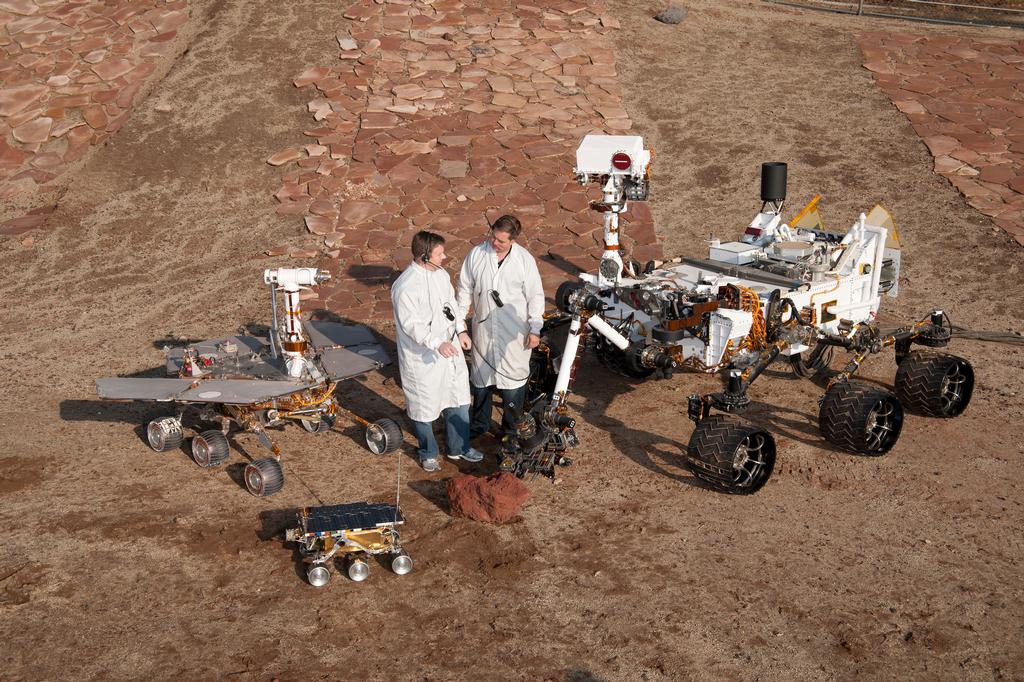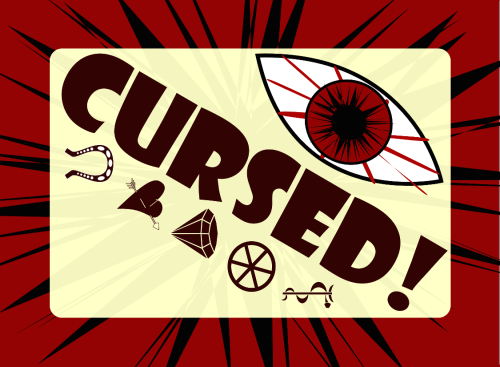Physics-Based Space Flight Simulator: Kerbal Space Program
Remember when you were watching NASA’s Curiosity rover land on Mars and tool around, and you said (to no one in particular) “What’s the big deal? I could do that.” Well, it’s time to put up or shut up with Kerbal Space Program, a physics-based space flight simulator from Squad. The game is still in beta, but it’s available for purchase via the increasingly common early access model. For those unfamiliar, this is where people pay for the game while it is still in development because they think it is just that awesome. Developers get income during development, when they need it the most, and players are more involved in the development process (essentially, you pay for to sign up as a beta tester).

Three Generations of Mars Rovers, with Curiosity on the right. Image Credit: NASA/JPL-Caltech
The Technical Stuff
KSP had user-modding built-in from the ground up, to the point that there is a link to the Kerbal Spaceport, the mod community website, from within the game itself. If it doesn’t break the laws of physics, chances are that someone has written a mod for that. The game is available for Mac, Linux, and PC on Steam or direct download from the KSP website. There is also an educator’s version under the name KerbalEdu. Resource requirements can be high, as with any high-fidelity physics simulator, but most of the resource-intensive components are configurable.
Sandbox Mode
When first released to the public, KSP was just a giant space-sandbox. After a brief tutorial on the controls, you’re dumped into a space hangar full of parts and left to create, launch, and explore to your heart’s content. The possibilities are a little too endless and can leave a new player a bit overwhelmed.
Career Mode
Introduced in late 2013, the career mode starts each player off with a very limited selection of parts (think late 1940’s or early 1950’s rocketry). The first time you accomplish a significant milestone (e.g. exit the atmosphere or complete an orbit around the home planet) you receive science points useful for discovering more technologies. Some of these are science experiments, which allow you to accrue science points even faster, but most of them allow you to build more powerful or more stable (equally important!) spacecraft.. This is the mode for beginning players who aren’t sure what they should build. As you progress, the parts become familiar and easier to choose from.
Mission Types
Though there aren’t set missions in KSP (yet, remember it’s still under development), there are enough parts to construct various types of space-related vehicles. The starting point for most will be simple rockets with a capsule on top, but you can progress to space planes, shuttles, interplanetary rovers, sample-return vehicles, and more. It is rare for a game to offer this much flexibility (only Minecraft comes to mind).
Beer Rating
KSP rates a Half and Half: you’ve got this mixture of Career and Sandbox modes that, while related, offer very different gameplay styles and appeal to different sorts of folks. Also, there is plenty of assembly required by the end-user.
Postscript
We’ve left out a number of problems and issues from this review, not because we shy away from criticism, but because the game is still in beta and we expect Squad to fix these things. If you just want to sit down and play and have little patience for problems, missing documentation, etc. then just wait until the final release comes out (or, better for Squad, buy it now but just don’t play until the official release).

Leave a Reply